University Research Centers, Consortia, and Constellations
In addition to individual effort to pursue research opportunities, S&T research is further fortified by university research centers (URCs), consortia, and constellations. URCs involve faculty and students from various academic programs in multi-disciplinary and interdisciplinary research and technology transfer activities with well-focused projects tailored to address the needs of local, state, and federal agencies, and the private sector, and to achieve a national reputation of scholarly excellence. Formation of a URC follows University Research Guidelines and reports to the VCR.
Externally-Sponsored Consortia (ESCs) are an important venue to achieve our research mission and create opportunities for faculty and students to interact with industry research partners on significant problems facing the world. They serve as a platform for launching and conducting frequent, open communication between participating researchers and the corporate community. Formation of an ESC follows University Guidelines for the Establishment, Operation, and Closure of an Extern.
In response to the 2019 Research Roadmap, a series of meetings were conducted with participation from Deans, Chairs, Center Directors, the Provost, as well as over 85 additional faculty members to identify current research strengths and emergent opportunities. Eight areas were identified and research constellations were formed. The Research Roadmap Summary explains the process that developed the Research Roadmap and formation of constellations.
Missouri S&T Achieves Prestigious R1 Status
Missouri S&T has officially attained R1 status, the highest research classification from the Carnegie Classification of Institutions of Higher Education. This elite designation affirms our leadership in groundbreaking research and innovation. Full designation details
University Research Centers

Center for Biomedical Research
Research and development areas:
- Drug delivery and cancer treatment
- Bioactive glass and bioactive ceramic scaffolds for regenerating bone
- Nanofibrous bioactive glass for healing soft tissue wounds
- Biomarkers for early detection of cancer
- Nanostructured biocompatible phosphate devices for drug and growth factor delivery
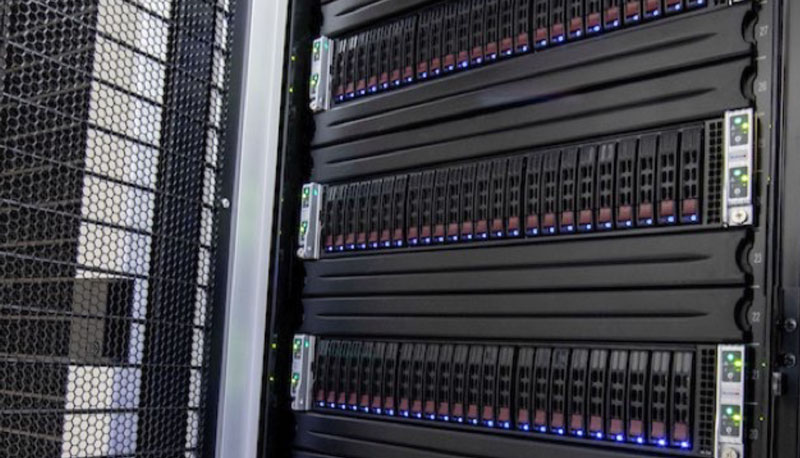
Center for High Performance Computing
The Center for High Performance computing provides high-performance computing and GPU processing capacity to researchers through The Forge and the Numerically Intensive Computing Cluster. These systems of computers are optimized to perform a variety of computationally-intensive research tasks. Both clusters are a resource for the entire Missouri S&T community; however, research groups may also purchase allocations or contribute nodes for on-demand high-performance computing.

Center for Infrastructure Engineering Studies
Research and development areas:
- Advanced, sustainable materials for infrastructure construction and rehabilitation
- Rehabilitation of bridges and buildings by applying new materials, such as self-consolidating, fiber-reinforced composite materials
- Advanced design methods to resist extreme events, such as earthquakes
- Novel, non-destructive techniques to assess damage and structural health monitoring of infrastructure
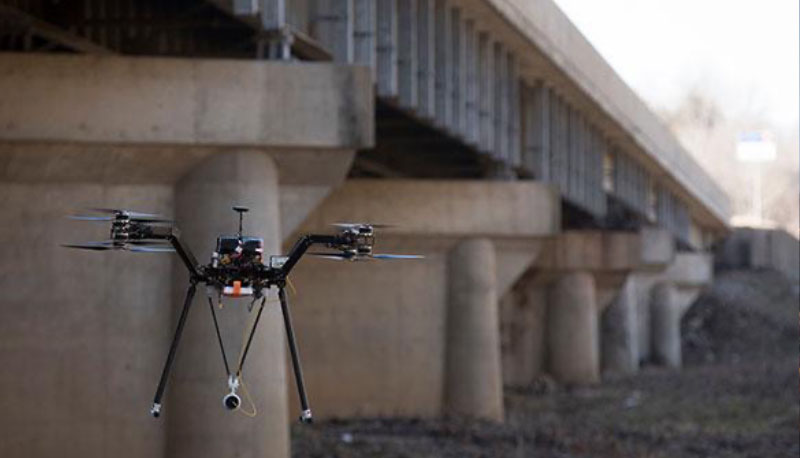
Center for Intelligent Infrastructure
Research and development areas:
- Robotic platforms for infrastructure inspection and maintenance
- Smart materials and sensor integration in infrastructure for intelligent asset management
- Artificial intelligence and decision-making tools for civil and power infrastructure
- Life-cycle assessment, reliability, and stressor mitigation of infrastructure systems
- Post-disaster resiliency and recovery of infrastructure systems
- Condition assessment and monitoring responses to disasters and extreme events
- Cyber-physical-social infrastructure systems for sustainable and resilient society

Center for Research in Energy and Environment
Research and development areas:
Emerging contaminants include chemicals that are becoming of greater concern due to their impact on humans and the environment. They include pollutants from municipal, agricultural and industrial wastewater sources, as well as pharmaceutical and personal care products, to name a few.

Center for Science, Technology, and Society
Research and development areas:
The Center for Science, Technology, and Society (CSTS) provides opportunities for humanists, scientists (social, behavioral, and natural), and engineers to collaborate on innovative research that addresses how science and technology shape, and are shaped by, our society, culture, politics, and the environment.

Intelligent Systems Center
Research and development areas:
- Intelligent manufacturing processes, equipment and systems
- Intelligent cyber-physical systems
- Advanced simulation, sensing, control and communications
- Computational intelligence and embedded systems
- Smart grids and information management
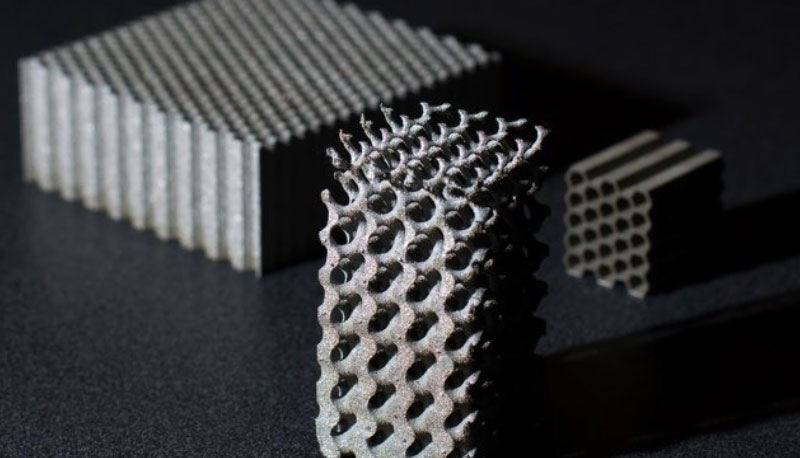
Materials Research Center
Research and development areas:
- Ceramics
- Metals
- Polymers
- Glass
- Composites
- Coatings
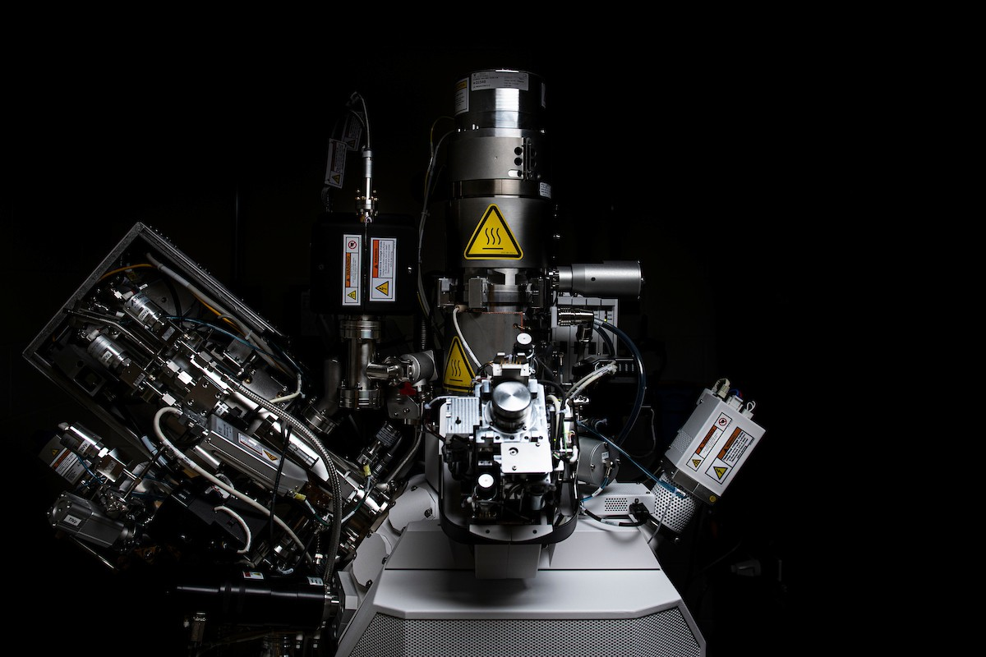
Advanced Materials Characterization Core Facility (AMCC)
Instrumentation and Expertise:
AMCC’s areas of instrumentation and expertise are continuously expanding and include:
- Scanning and transmission electron microscopy
- X-ray powder and thin-film diffraction
- 3D X-ray micro-computed tomography
- Atomic force microscopy
- X-ray photoelectron spectroscopy
- Nanoindentation
- Glow discharge depth profilometry
- Thermogravimetry and spectrometry
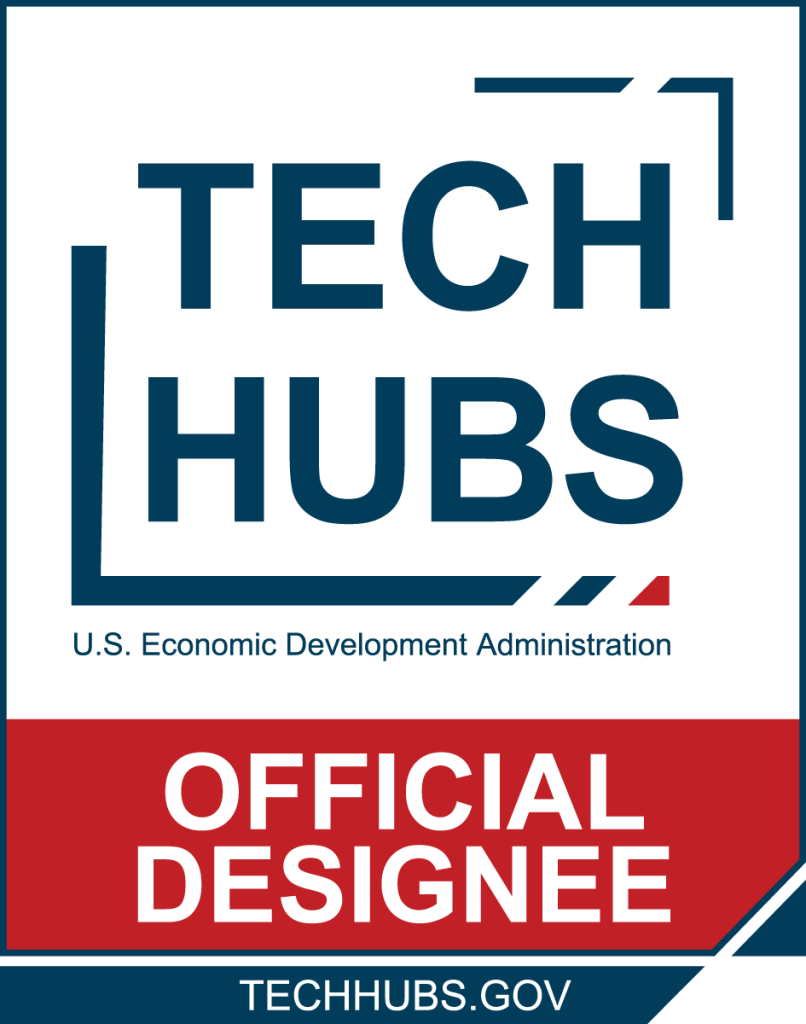
Thomas J. O’Keefe Center for Critical Minerals
The Center’s Research Areas:
- Public policy development related to encouraging the recovery of critical materials from existing and new process streams.
- Development of new processes to recover critical minerals as byproducts from existing processes and new sources.
- Identifying new sources of critical minerals within the U.S.
- Life cycle-based criticality assessment of existing and new processes for critical mineral recovery.
- 5. Sustainability assessment and environmental mitigation of potential hazards of existing and new processes.
College Research Centers

Missouri Center for Transportation Innovation
We don’t just improve Missouri infrastructure – we transform it.
Transportation research shouldn’t end at just ideas — its effects should be seen in our roads and structures.
That’s the vision of the Missouri Center for Transportation Innovation (MCTI) – to drive transportation research forward and turn that research into real-world results. Better infrastructure means safer roads, a more connected community and a robust economy.
Research Consortia
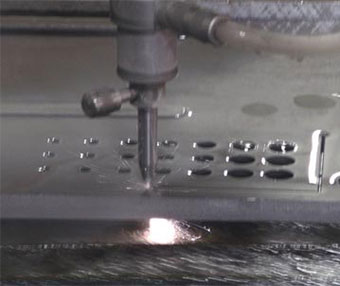
Center for Aerospace and Manufacturing Technologies
Research and development areas:
CAMT has an array of technologies devoted to advancing manufacturing fabrication and assembly. Research and development efforts create knowledge, methodologies, and tools that reduce production costs and lead time, as well as improve quality, reliability, and safety in aerospace manufacturing.

Kent D. Peaslee Steel Manufacturing Research Center
Research and development areas:
The Kent D. Peaslee Steel Manufacturing Research Center (PSMRC) is a consortium of steel companies, foundries, suppliers and university researchers working together to address fundamental steel casting/manufacturing issues such as steelmaking, casting, product development, and environmental and safety issues.
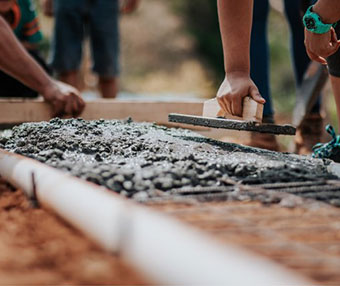
Missouri Consortium for Construction Innovation
Research and development areas:
The Missouri Consortium for Construction Innovation (MO-CCI) is a partnership between academia and industry that aims at optimizing corporate performance and project life-cycle through an integrated construction engineering and management (CEM) vision directed at student development, research, and professional development.
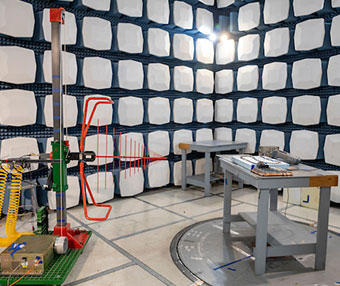
Electromagnetic Compatibility I/UCRC
Research and development areas:
Electromagnetic compatibility (EMC) problems can significantly decrease the reliability, increase the cost, and delay the development schedules of modern electronic systems. The mission of the Missouri S&T EMC Laboratory is to support electromagnetic compatibility, power integrity (PI), and signal integrity (SI) research and education projects with a goal of developing the knowledge base, tools and people necessary to solve today's EMC problems and address the EMC problems of the future.
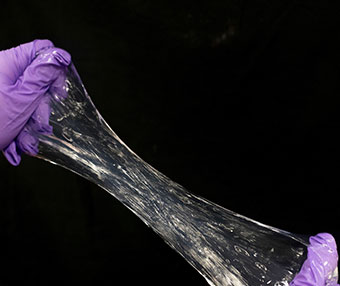
Preformed Particle Gel (PPG) for Conformance Control
Research and development areas:
The Preformed Particle Gel Conformance Control Industrial Consortium is formed as a partnership between the oil industry and the University. Its missions are (1) to develop novel and robust technologies useful in controlling reservoir conformance and enhancing oil and gas recovery for both conventional and unconventional reservoirs, and (2) transfer the novel technologies to the consortium members and exchange field experience through the members.

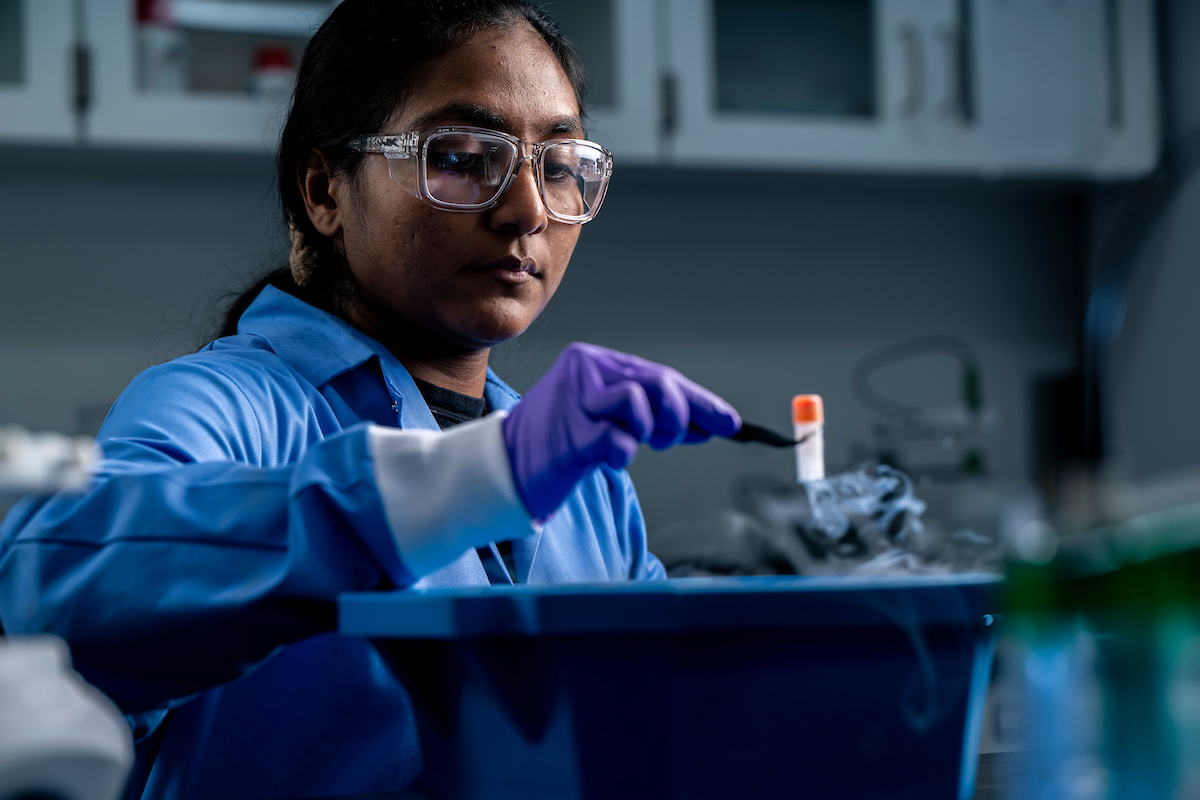
Follow Office of the Vice Chancellor of Research and Innovation